Are you getting a blue screen error? In this guide, we'll show you how to troubleshoot and fix this annoying issue on Windows 10.
On Windows 10, a Blue Screen of Death (BSoD) — also known as "blue screen," "stop error," or "system crash" — will always happen after a critical error occurs, which the system is not able to handle and resolve automatically.
Usually, you'll experience a blue screen error during the upgrade process of Windows 10, during startup, or randomly when actively using your laptop or desktop. The most frustrating part of all is that you'll only see a solid blue background and a sad character face without enough valuable information to determine the real cause of the problem.
The screen will output a hint message, such as "Your PC ran into a problem and needs to restart. We're just collecting some error info, and then we'll restart for you." Or general stop error codes (such as VIDEO_TDR_TIMEOUT_DETECTED, PAGE_FAULT_IN_NONPAGE_AREA, CRITICAL_PROCESS_DIED, SYSTEM_SERVICE_EXCEPTION, DPC_WATCHDOG_VIOLATION, or IRQL_NOT_LESS_OR_EQUAL). Or hexadecimal codes (such as 0x000000D1, 0x0000000A, or 0x0000007B), but they're just hieroglyphics for most users.
Although stop errors don't have a straight answer, since many factors can play a role, it's almost always a problem with a quality or feature update for Windows 10, recently installed driver, incompatible application, or hardware related issue.
In this Windows 10 guide, we'll walk you through the several troubleshooting steps to resolve a blue screen error on your computer.
- How to fix blue screen error during upgrade on Windows 10
- How to fix blue screen error without desktop access on Windows 10
- How to fix blue screen error with desktop access on Windows 10
How to fix blue screen error during upgrade on Windows 10
When upgrading to a new version of Windows 10, you may see blue screen errors, which can happen for many reasons. It could be a result of a compatibility problem with an old program or security software. Or it could be because of corrupted files in the current installation or damaged installation media — to name a few.
Usually, when an error occurs, the setup will revert the changes to the previous installation without reason.
In the case that you are dealing with errors during the installation of Windows 10, uninstalling non-essential apps, clearing out corrupt downloads, disconnecting non-essential peripherals, or even performing a clean install of the OS may resolve the issue.
Uninstall incompatible app
To uninstall an app that may be conflicting with the installation of windows 10, use these steps:
- Open Settings.
- Click on Apps.
- Click on Apps & features.
-
Select the app that may be causing issues and click the Uninstall button.
-
Click the Uninstall button again.
Quick note: If you're removing a legacy desktop application, you may need to continue with the on-screen directions.
Once you complete the steps, you may need to repeat the steps to uninstall additional apps, and then you can try the upgrade one more time. After the update, you can reinstall the apps again.
Redownload installation files
Sometimes, if you're using Windows Update to upgrade the system, you may see a Blue Screen of Death when one or multiple installation files have been damaged during the download process. In this case, you can use the Settings app to clear the previous files allowing Windows Update to redownload the files.
To allow Windows Update to redownload the upgrade files, use these steps:
- Open Settings.
- Click on System.
- Click on Storage.
-
Under the local disk section, click the Temporary files item.
- Clear the preselected options.
-
Check the Temporary Windows installation files option.
- Click the Remove files button.
After you complete the steps, open the Windows Update settings and try to upgrade one more time.
If you continue with the same problem, you should consider using the Update Assistant utility to perform an in-place upgrade. Or if the utility didn't work, you can also try using the Media Creation Tool to create an installation media to install the new version.
Analyze upgrade problem
Alternatively, you can also use the SetupDiag tool to troubleshoot blue screen errors. SetupDiag is a tool that Microsoft provides as an optional download to diagnose and determine why an update or upgrade failed to apply, which is valuable information that can help you resolve the bug check problem.
To use SetupDiag after the upgrade of Windows 10 failed with a blue screen, use these steps:
- Open SetupDiag download page.
-
Click the Download SetupDiag button.
- Select a destination folder to save the file.
- Click the Save button.
- Open File Explorer.
- Navigate to the folder where you downloaded the file.
-
Right-click the "SetupDiag.exe" and select the Run as administrator option.
- Right-click the SetupDiagResults.log file and select the Open option.
Once you complete the steps, the default text editor will open the log file with the diagnostic results based on the known rules specified by Microsoft.
If an error was detected, the logs will detail the information to determine why the device blue screened during the update, and if it's a known issue, you'll also get the steps to resolve it.
Sometimes you won't get any recommendations. If this happens, follow the link (if applicable) available in the log file, or use the error code or any meaningful information to research the problem online. (Use this guide for more detailed instructions.)
Disconnect non-essential peripherals
A system crash can also happen as a result of a hardware related problem. So, it's always recommended to disconnect all non-essential peripherals, including external hard drives, printers, secondary monitors, phones, and other USB or Bluetooth devices, before proceeding with the Windows 10 installation to minimize errors.
The upgrade process only requires a keyboard, mouse, monitor, and an internet connection.
After the installation, you can reconnect the peripherals. If the issue persists, it could be a compatibility problem. You can usually quickly resolve this issue by downloading and installing a newer version of the driver from your manufacturer support website for the affected device.
If the device is using the recent driver, and the problem continues, it could be a compatibility issue with the new version of Windows 10, or you may need to replace the hardware.
You can always visit the Microsoft health dashboard website to check if the company is aware of any issues causing by a specific version of Windows 10.
Perform clean installation
Instead of upgrading the current installation, it's always better to erase everything and start from scratch with a clean installation. This process will not only avoid many Blue Screen of Death errors, but it can also help to improve system performance and resolve other issues.
If you choose to use the clean install option, first, you want to make sure the device can boot from USB. This means that you may need to change the boot order inside the Unified Extensible Firmware Interface (UEFI) or Basic Input/Output System (BIOS) firmware to configure the correct boot order.
Usually, the process to access the motherboard firmware settings requires pressing one of the function keys (F1, F2, F3, F10, or F12), the ESC, or Delete key as soon as the device starts. However, these settings are always different per manufacturer and even by device model. If you're not sure, it's best to check your device manufacturer's support website for more specific details.
While in the firmware interface, open the "Boot" page, set the boot order to start USB, and save the new changes. Once the boot order is configured, you'll need to create a bootable installation media, connect the USB flash drive to the device, and then continue with the steps below.
To perform a clean installation of Windows 10, use these steps:
Warning: This is a friendly reminder that you'll be making changes to your current setup, which can cause problems and even data loss if you don't do it correctly. It's recommended to make a temporary full backup before proceeding.
- Start PC with Windows 10 installation media.
-
On "Windows Setup," click the Next button.
-
Click the Install Now button.
-
Click the I don't have a product key option to continue (assuming that your PC was already properly activated).
-
Select the edition of Windows 10 (if applicable).
Quick note: This selection must match the edition that the license activates. Otherwise, the product key won't work.
- Click the Next button.
- Check the I accept the license terms option to continue.
- Click the Next button.
-
Click on the Custom: Install Windows only (Advanced) option.
-
Select the partition with the current installation of Windows (usually "Drive 0"), and click the Delete button to remove the partition from the hard drive.
Quick tip: If you have multiple partitions on the primary hard drive (Drive 0), select and delete each one. The setup will recreate the required partitions automatically during the installation process. You don't need to delete partitions from secondary drives to reinstall Windows 10.
- Select the empty drive labeled Drive 0 Unallocated Space.
- Click the Next button.
Once you complete the steps, the setup will begin installing Windows 10, avoiding many blue screen errors. After the installation, you'll need to continue with the out-of-box experience (OOBE) to finish setting up the device by creating a new account and selecting the preferred settings. You can use this guide to perform a complete installation of Windows 10.
How to fix blue screen error without desktop access on Windows 10
Sometimes, you may be able to perform a cold reboot to continue using the computer after a bug check, but other times, you may not be even able to access the desktop to troubleshoot the issue.
If you're stuck with a Blue Screen of Death that won't let you access the desktop, you may be able to use some advanced features on Windows 10, such as System Restore, Safe mode, or the Advanced startup environment to resolve the problem.
Before we dive into these troubleshooting steps if the error occurs immediately after adding a new piece of hardware, disconnect it to determine if that new device is the reason for the problem.
Resolve BSoD with System Restore
System Restore point is a legacy feature that allows you to undo system changes without affecting your files to return the device to a previous point in time when Windows 10 was working correctly.
The only caveat about this feature is that you must enable it manually before you can use it. If System Restore was previously enabled and configured, you can use a restore point to fix the stop error.
On Windows 10, there are at least two ways to access System Restore through Advanced startup, including through the boot potion menu or USB installation media. (Select one of the options below, and continue with the steps.)
Advanced startup access from boot
To launch the Advanced startup settings to access System Restore, use these steps:
- Start your computer.
-
As soon as the Windows logo appears on your screen, press and hold the power button to interrupt the boot sequence.
- Repeat steps No. 1 and 2 two more times.
After the third interruption, Windows 10 should open the Advanced startup environment, and then you can continue with the steps below to access System Restore.
Advanced startup access from USB
You can also use a Windows 10 installation media to open the Advanced startup using these steps:
-
Start your computer using a USB media.
Quick tip: If your device isn't starting from USB, you'll need to change your system's BIOS settings to make sure it can boot from USB. You can usually access the BIOS by powering up your device and pressing one of the functions, Delete, or ESC keys, but make sure to check your manufacturer's support website for more specific details.
- Click the Next button.
-
Click the Repair your computer option from the bottom-left corner.
Once you complete the steps, continue with the Restore Point instructions below.
Select Restore Point to fix bug check
To use a Restore Point to fix blue screen problems, use these steps:
-
Click the Advanced Startup option.
Quick note: If you're accessing Advanced Startup from a USB media, you'll see the Troubleshoot option instead (see step No.2).
-
Click the Troubleshoot option.
-
Click the Advanced options button. (This is step is not part of the process when using a USB media.)
-
Click the System Restore option.
- Select the your account.
- Confirm your account password.
- Click the Continue button.
- Click the Next button.
-
Select the most recent restore point to resolve the blue screen error.
- Click the Scan for affected programs button to determine the apps that may be affected using a restore point.
- Click the Close button.
- Click the Next button.
-
Click the Finish button.
After you complete the steps, the feature will undo updates, drivers, apps, and system changes done after the point of restoration was created, hopefully fixing the system crashes you're experiencing.
Resolve BSoD with Safe mode
Windows 10 also provides "Safe mode," which is an environment that only starts the basic drivers and features enough to access the desktop to troubleshoot and resolve virtually any kind of issues, including system crashes.
You can access Safe mode using the Advanced startup menu during boot or using a Windows 10 installation media. (Select one of the options below, and continue with the steps below.)
Advanced startup access from boot
To launch the Advanced startup settings to access Safe mode, use these steps:
- Start your computer.
-
As soon as the Windows logo appears on your screen, press and hold the power button to interrupt the boot sequence.
- Repeat steps No. 1 and 2 two more times.
After the third interruption, Windows 10 should open the Advanced startup menu, and then you can continue with the steps below to access Safe mode.
Advanced startup access from USB
You can also use a USB installation media to enter the Advanced startup menu to enable Safe mode using these steps:
- Start your computer using a USB installation media.
- Click the Next button.
-
Click the Repair your computer option in the bottom-left corner.
Once you complete the steps, continue with the Safe mode instructions below.
Use Safe Mode to fix bug check
To access Safe mode to troubleshoot and fix blue screen errors on Windows 10, use these steps:
-
Click the Advanced Startup option.
Quick note: If you're accessing Advanced Startup from a USB media, you'll see the Troubleshoot option instead (see step No. 2).
-
Click the Troubleshoot option.
-
Click on Advanced options. (This is step is not part of the process when using a USB media.)
-
Click the Startup Settings option.
-
Click the Restart button.
-
After your computer reboots, press the F4 (or 4) key to select the Enable Safe Mode option.
While in Safe mode, depending on the reason causing the system to crash, the steps below will help you uninstall Windows 10 updates and device drivers.
Remove buggy system updates
To uninstall a Windows 10 update causing a blue screen, use these steps:
- Open Control Panel.
-
Click the Uninstall a program option.
-
Click the View installed updates option from the left pane.
- Select the most recent update (refer to the "Installed On" column).
-
Click the Uninstall button.
After you complete the steps, restart your computer to finish the task and confirm the error is no longer happening.
Remove buggy device drivers
To uninstall an incompatible driver with Safe mode, use these steps:
- Open Start.
- Search for Device Manager and select the top result to open the console.
- Expand the branch with the device causing the problem.
-
Right-click the device and choose the Uninstall device option.
- Click the OK button.
Once you complete the steps, restart the device and determine whether the bug check has been resolved.
If, after removing the update, the computer no longer shows a BSoB message, you may want to block the same update or driver from reinstalling automatically until a new update becomes available with a permanent fix.
Resolve BSoD with Advanced startup
Windows 10 also ships with an option that allows you to uninstall problematic updates directly from the Advanced startup menu.
Select one of the options to access Advanced startup, and continue with the instructions to remove quality or feature updates causing the Blue Screen of Death.
Advanced startup access from boot
To access Advanced startup with the boot option, use these steps:
- Start your computer.
-
As soon as the Windows logo appears on your screen, press and hold the power button to interrupt the boot sequence.
- Repeat steps No. 1 and 2 two more times.
After the third interruption, Windows 10 should open the Advanced startup environment, and then you can continue with the steps below to boot in Safe mode.
Advanced startup access from USB
To access Advanced startup with a USB installation media, use these steps:
- Start your computer using a USB media.
- Click the Next button.
-
Click the Repair your computer option in the bottom-left corner.
Once you complete the steps, continue with the Windows 10 Safe mode instructions below.
Uninstall quality or feature updates
To uninstall the most recent quality or feature update causing blue screens on Windows 10, use these steps:
-
Click the Advanced Startup option.
Quick note: If you're accessing Advanced Startup from a USB media, you'll see the Troubleshoot option instead (see step No. 2).
-
Click the Troubleshoot option.
-
Click on Advanced options. (This is step is not part of the process when using a USB media.)
-
Click the Uninstall Updates option.
-
Click the Uninstall latest quality update to remove a recent monthly update. Or click the Uninstall latest feature update option to rollback to a previous version.
Quick tip: If you select the Uninstall latest feature update option, you can continue with the same steps to remove the recent upgrade of Windows 10 (as long as it's been less than ten days since the installation).
- Select your user account to continue.
- Confirm your account password.
- Click the Continue button.
-
Click the Uninstall quality update button.
- Click the Done button.
- Click the Continue option.
After you complete the steps, Windows 10 will remove the most recent quality update or feature update, fixing the Blue Screen of Death problem.
How to fix blue screen error with desktop access on Windows 10
When a random Blue Screen of Death message appears, and you still have access to the desktop, then the problem is likely to be a driver or missing a critical update. It could also be an issue with an app you installed recently or a specific driver or system update.
Update Windows 10 and drivers
If you have access to the desktop, installing the latest updates for Windows 10 and drivers can help to stop the Blue Screen of Death error.
System update
Windows 10 downloads and installs updates periodically, but sometimes, you may still need to check for updates manually.
To install the latest updates on Windows 10, use these steps:
- Open Settings.
- Click on Update & Security.
- Click on Windows Update.
-
Click the Check for updates button.
If there's an update available, but it's not downloading, then try to download and install the missing quality update manually.
Driver update
When the problem is related to an outdated driver, you'll need to update the device to a newer version.
To install a newer version of a driver, use these steps:
- Open Settings.
- Click on Update & Security.
- Click on Windows Update.
- Click the Check for updates button (if applicable).
-
Click the View optional updates option.
Quick tip: If the option isn't available, then Windows Update doesn't have any new drivers or other kinds of optional updates for your system configuration.
- Click the Driver updates tab.
-
Select the driver update.
- Click the Download and install button.
Once you complete the steps, the newer driver should solve the problem. If no updates were available, you might need to check your device manufacturer's support website to download and install a newer driver using their instructions. In the case the support website doesn't have a newer update, you may also want to try a beta version of the driver since it may contain a fix that the company is planning to release in on upcoming release.
Remove problematic updates, drivers, apps
Software and hardware companies can also release buggy updates that can cause problems like BSoD.
Uninstall system updates
To uninstall a buggy system update, when you still have access to the desktop environment, use these steps to remove it:
- Open Settings.
- Click on Update & Security.
-
Click the View update history option.
-
Click the Uninstall updates option.
-
Select the most recent update (refer to the "Installed On" column).
- Click the Uninstall button.
After you complete the steps, the problematic update will be uninstalled, fixing the Blue Screen of Death error. You can also use these steps to prevent the Windows Update settings from trying to install the same update again.
Uninstall device driver
To uninstall a buggy driver on Windows 10, use these steps:
- Open Start.
- Search for Device Manager and click the top result to open the console.
-
Right-click the device and select the Uninstall device option.
- Click the OK button.
Once you complete the steps, you should no longer see the bug check error on the computer.
Rollback device driver
Sometimes, it's also possible to roll back the previous version of the driver to resolve the issue until another update replaces the buggy update.
To roll back to a previous version of the driver on Windows 10, use these steps:
- Open Start.
- Search for Device Manager and click the top result to open the console.
- Expand the category of the device with the problem.
-
Right-click the device and select the Properties option.
- Click the Driver tab.
-
Click the Roll Back Driver button (if available).
Quick tip: If the option isn't available, then the system doesn't have a backup of the previous driver.
- Select one of the available options to answer the question.
- Click the Yes button.
After you complete the steps, the older version of the driver will control the device, hopefully fixing the system crashes.
Disable device driver
If the option to rollback the driver isn't available, you can also disable the device to prevent it from interacting with the system to mitigate the blue screen error until a new update becomes available to fix the issue permanently.
To disable a device on Windows 10, use these steps:
- Open Start.
- Search for Device Manager and click the top result to open the console.
- Expand the category of the device with the problem.
-
Right-click the device and select the Disable device option.
- Click the Yes button.
Once you complete the steps, you should no longer experience system crashes.
Uninstall conflicting apps
If you have an application that happens to have compatibility problems with the current setup, then the Blue Screen of Death is likely at random times or every time you launch the application.
Downloading and installing a new version of the app from the software support website can usually resolve it. If an update isn't available, it's recommended to uninstall that program to mitigate the problem until a permanent solution arrives from the app developer or through Windows Update.
To uninstall a problematic application with Windows 10, use these steps:
- Open Settings.
- Click on Apps.
- Click on Apps & features.
-
Select the app that may be causing issues and click the Uninstall button.
-
Click the Uninstall button again.
Quick note: If you're removing a legacy desktop application, you may need to continue with the on-screen directions.
Once you complete the steps, you should no longer experience blue screen error codes on your computer.
Disconnect non-essential peripherals
On Windows 10, you may also see a Blue Screen of Death message after connecting a new piece of hardware (such as a graphics card or USB device). When this happens, it's likely because the hardware is not compatible, broken, or the system is attempting to install the wrong driver.
If it's a compatibility issue, you may have to contact the manufacturer for support or determine a compatible replacement.
In the case that the system keeps applying the wrong driver, use the previous steps to uninstall the driver and install the correct driver manually using the manufacturer instructions.
Run DISM and SFC tools
When dealing with a blue screen error, you can also use the System File Checker (SFC) combined with the Deployment Servicing and Management (DISM) tool to repair damaged system files to resolve the problem.
Repair image files with DISM
To repair the locally available image with DISM, use these steps:
- Open Start.
- Search for Command Prompt, right-click the top result, and select the Run as administrator option.
-
Type the following command to repair the Windows 10 image and press Enter:
DISM /Online /Cleanup-Image /RestoreHealth
Once you complete the steps, the tool will download and replace any damaged files in the local image of Windows 10.
Repair blue screen error with SFC
To use the SFC command tool to repair the installation using the local image, use these steps:
- Open Start.
- Search for Command Prompt, right-click the top result, and select the Run as administrator option.
-
Type the following command to repair the installation of Windows 10 and press Enter:
SFC /scannowQuick tip: If errors are found, you may want to run the command multiple times to ensure that everything is fixed correctly.
After you complete the steps, SFC will repair any system files using the local image files to fix the blue screen problem.
You can also refer to this guide to learn more about using the DISM and SFC tool on Windows 10.
When you experience a blue screen error, it's always a sign that a piece of software or hardware isn't behaving correctly. Although there are a lot of troubleshooting steps you can use, you may still need assistance to resolve the problem. If you made it through all our recommendations, and the problem persists, you may want to consult the Windows Central forums or the official Microsoft forums. At this time, it's also a good idea to contact your device manufacturer for assistance.
Alongside the Blue Screen of Death, you may also come across a black screen problem, which usually occurs because of a issue with the graphics driver, connection issue, or something in the installation. If you have screen flickering issues, it's likely an problem with an application or video driver.
More Windows 10 resources
For more helpful articles, coverage, and answers to common questions about Windows 10, visit the following resources:

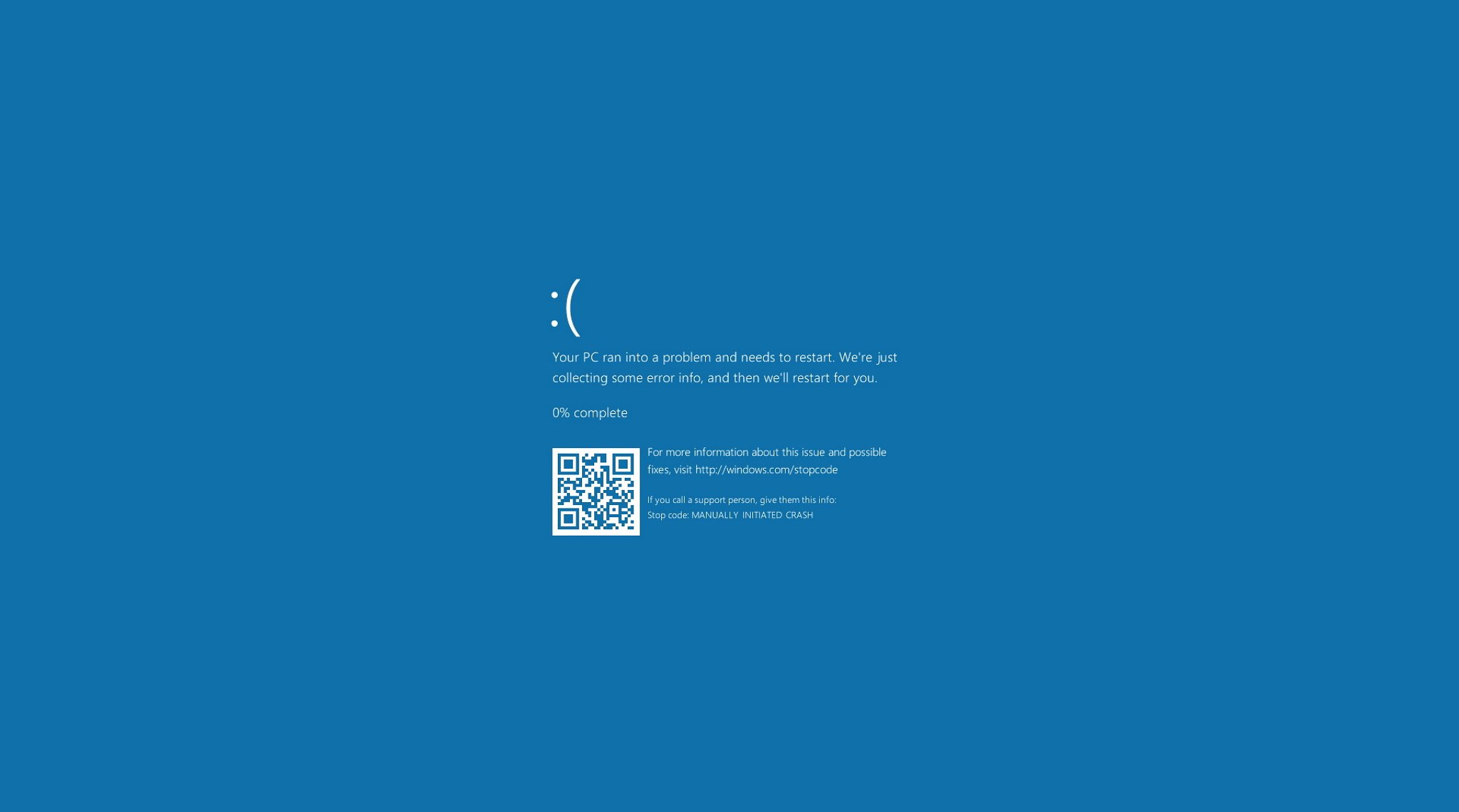







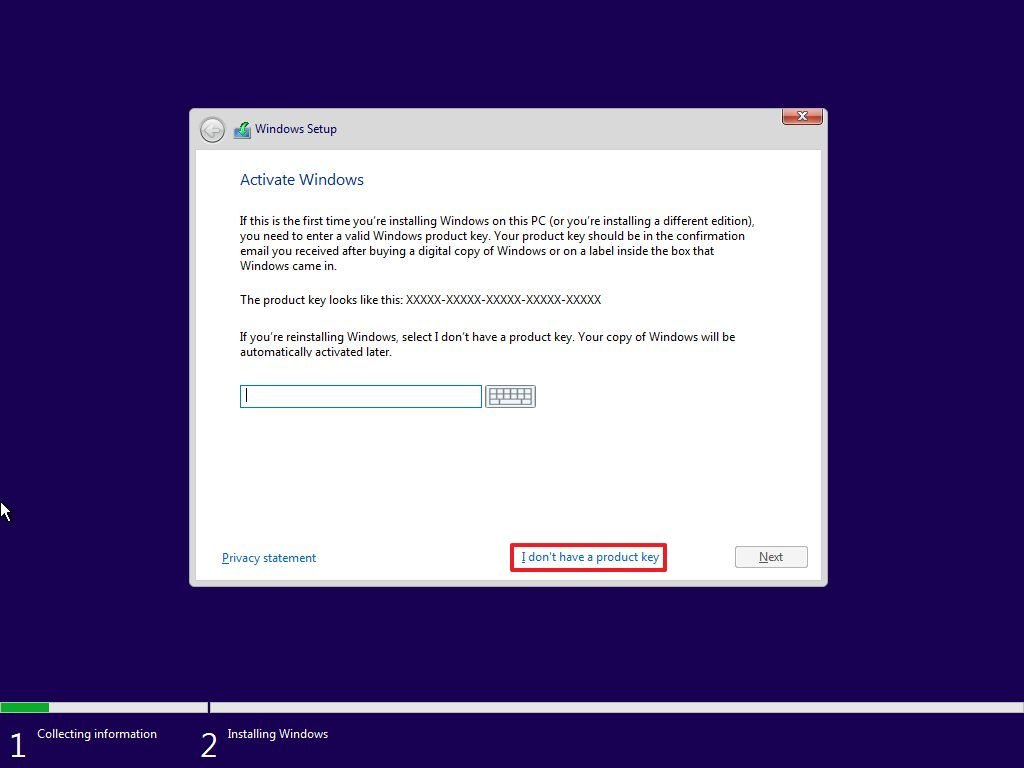
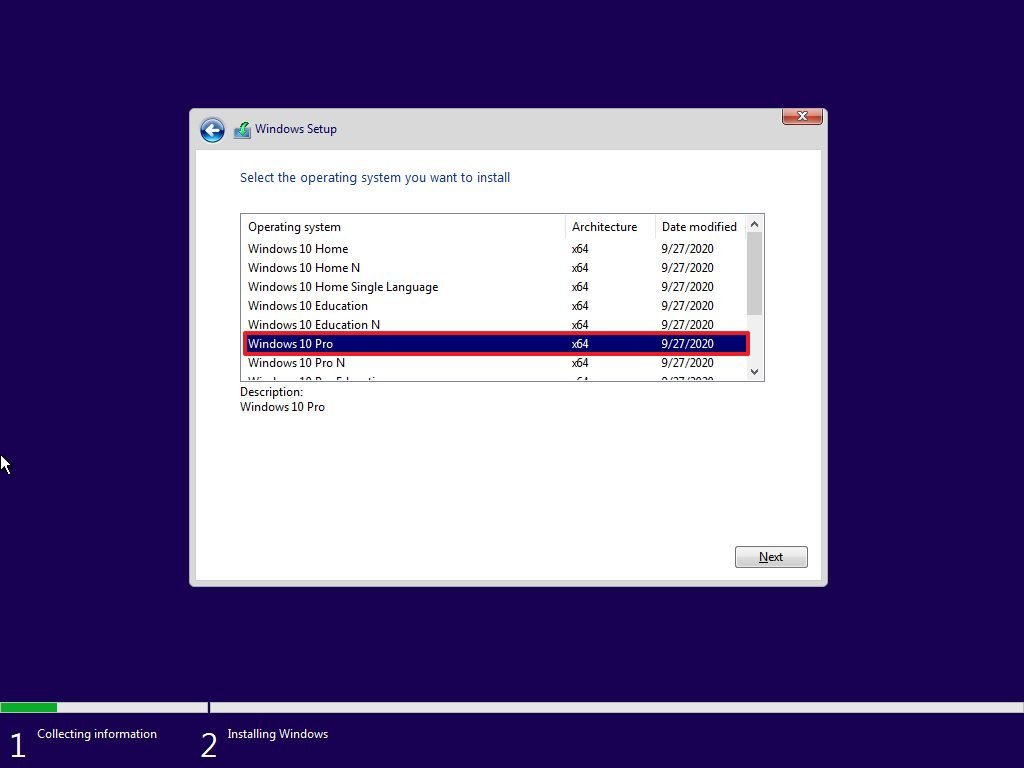
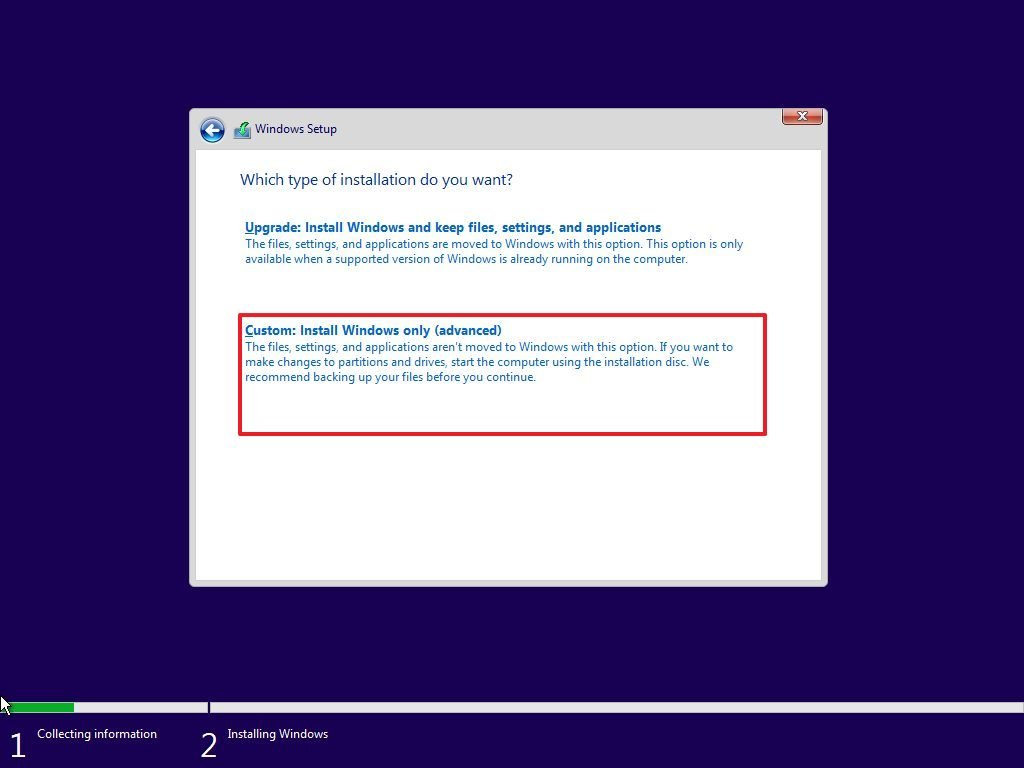
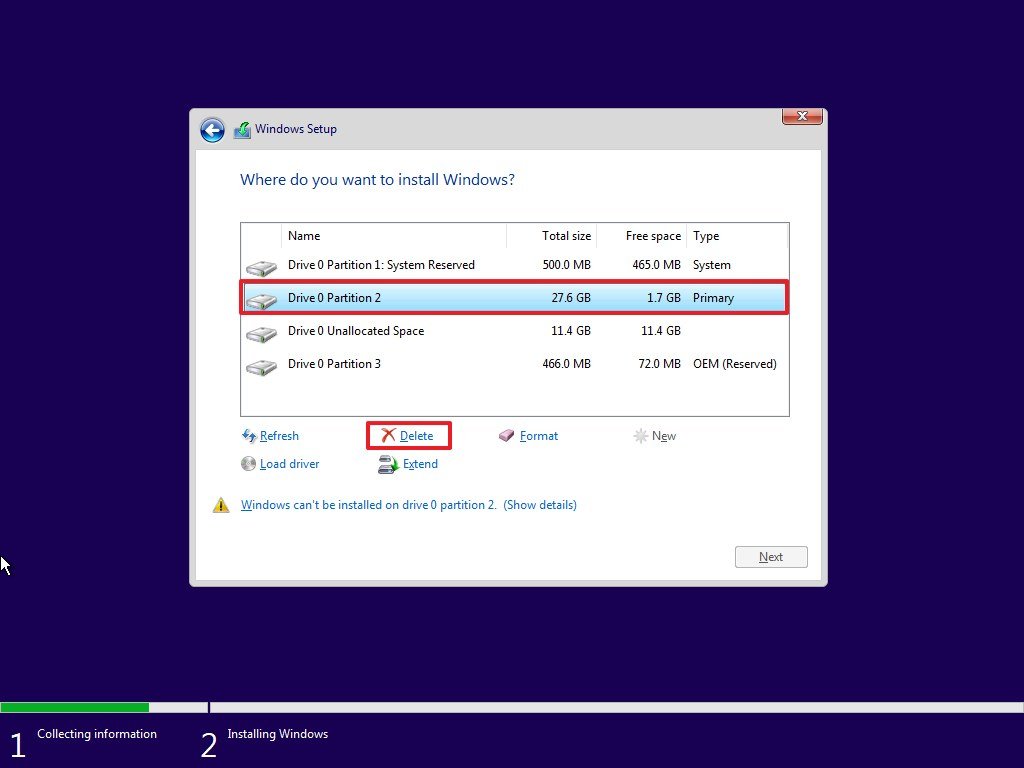
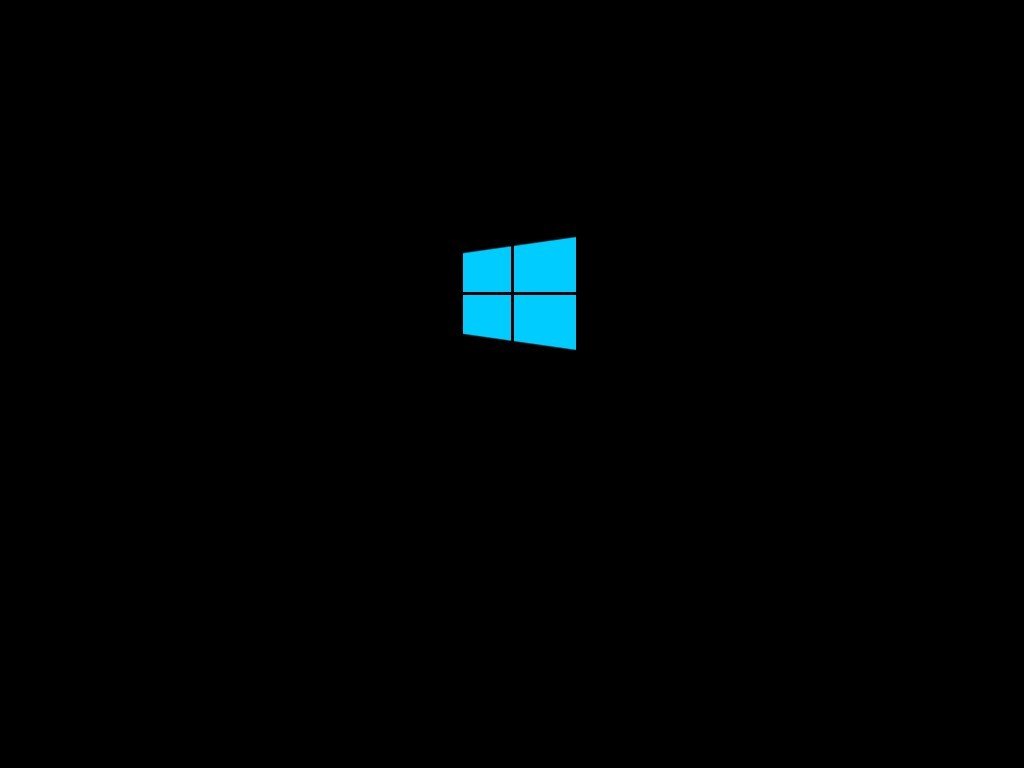








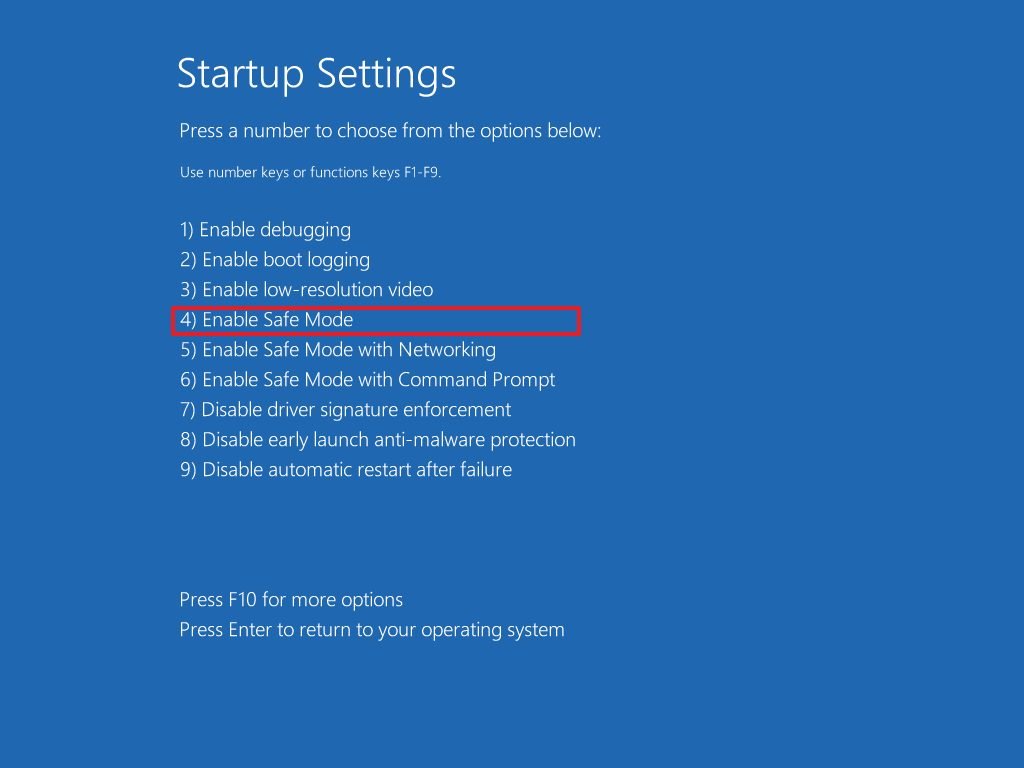






















0 comments:
Post a Comment